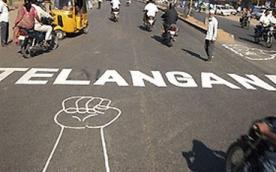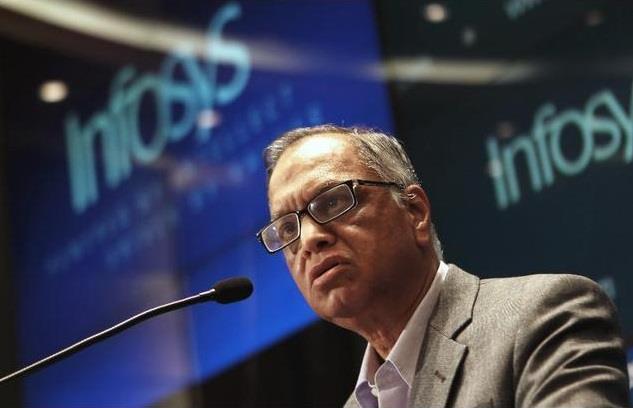July 7, 2015
I spent much of this spring obsessed with a question: Could the United States and Russia stumble into war, perhaps even nuclear war?

Results of survey on risks of war. (Jay Ulfelder)
July 7, 2015
I spent much of this spring obsessed with a question: Could the United States and Russia stumble into war, perhaps even nuclear war?

Results of survey on risks of war. (Jay Ulfelder)
It was a concern I'd first heard in late 2014, shortly after Russia's covert invasion of eastern Ukraine and its military harassment of neighboring NATO member states, which the United States is treaty-bound to defend.
How World War III became possible
As I spoke to analysts and policymakers, I found a growing and increasingly alarmed community, in the US and Western Europe as well as in Russia, warning that war has once again become a real possibility. They compare Europe of today to that before World War I. If war does happen, they say, recent changes to Russia's nuclear thinking mean such a war could easily go nuclear.

A nuclear conflict with Russia is likelier than you think.
I outlined these threats, how they came to be, and how it would all happen in a long article published last week. But there was one question I was not able to satisfactorily answer: Exactly how likely is all this?
To the extent that there was broad agreement among my sources, it was that peace is still much likelier than war: The scenarios for war all involve several overlapping events, such as a cross-border provocation and an accidental midair collision. But they stressed that the odds of a war, while remote, are no longer negligible, and are real enough that the world should take them seriously and respond accordingly.
"The atmosphere is a feeling that war is not something that's impossible anymore," the well-placed Russian analyst Fyodor Lukyanov told me, describing a growing concern within Moscow's foreign policy elite. "A question that was absolutely impossible a couple of years ago, whether there might be a war, a real war, is back. People ask it."
Lukyanov's assessment was representative of what I heard in researching the story: a feeling, a question, a fear hanging in the background like a storm cloud. What he could not offer me, what no one I spoke to could really say for sure, is a rigorous assessment of precisely how likely this was. It was high enough that people should be concerned and take it seriously, but how much higher than that, no one could say.
That didn't satisfy Jay Ulfelder, a political scientist who specializes in political forecasting and instability, and who runs an excellent blog. He set up a two-question survey, pushing it out to a couple of online political science expert communities. The first question asked respondents to estimate the odds that that the US and Russia would go to war in the next four and a half years. The second asked for the odds that, if such a conflict occurred, one or both sides would use nuclear weapons.
Ulfelder took the first 100 responses and ran them through some statistical analysis (you can read more about his methodology here). Here is the aggregate assessment he found:
Probability of war: 11 percent
- Probability that one or both sides will use nuclear weapons, conditional on war: 18 percent
- Probability of nuclear war between US and Russia: 2 percent
These charts show the responses:
Ulfelder cautions that his survey is not particularly scientific (he called it "rinky dink" in a later email exchange) and that we shouldn't put too much stock in it, though he points out that the results about track with those from a much more rigorous 2014 William & Mary survey of 2,000-plus experts on the likelihood of war.
While none of my sources ventured anything as specific as a numerical probability, for what it's worth these estimates track with the sense I got from speaking to them. So we now have the William & Mary survey, Ulfelder's survey, and my research all roughly lining up. That's not conclusive, of course — you're never going to get a conclusive assessment for something as complex and multilayered as an unintended escalation to major interstate warfare — but the consistency of the data so far seems to suggest there is something there.
So what do these numbers mean? Is an 11 percent probability of war and a 2 percent probability of nuclear war a lot? On the one hand, that seems pretty small — a 1-in-50 chance of nuclear war. On the other, that's significantly higher than other things we consider serious threats; it's twice the odds of dying in a car accident, for example. And when you consider the stakes of a nuclear war between the two great nuclear powers, even 2 percent seems way, way too high.
In looking at those numbers, I think back to a formula that every international relations student learns in the first week of undergrad: Threat equals intent multiplied by capability. In other words, you figure out how threatening something is by multiplying its intention to hurt you by its capability to hurt you.
There's no such thing as intent when it comes to accidental escalations to nuclear war. But you can substitute that 2 percent probability of occurrence for "intent." That's a small number, but when you multiply it by the "capability" of major nuclear war, which potentially includes millions of dead or even the literal end of the world, it looks more significant. To me, it looks alarming.
Courtesy: Vox.com
















































































































